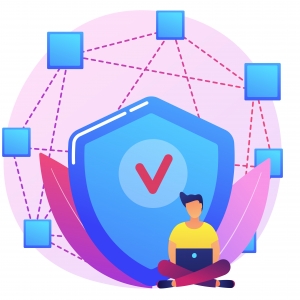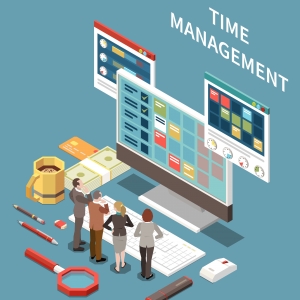In the dynamic landscape of today's business world, adaptability and responsiveness are key. Enter Enterprise Agile Planning, a strategic approach that has revolutionized project management by promoting flexibility and collaboration.
At its core, Enterprise Agile Planning is an extension of the Agile methodology, tailored to meet the complex demands of larger organizations. Unlike traditional project management, which follows a linear, rigid structure, Enterprise Agile embraces change and prioritizes customer satisfaction.
One of the fundamental principles of Enterprise Agile Planning is the iterative development process. Teams break down projects into smaller, manageable tasks called "sprints," allowing for continuous reassessment and adjustment. This method not only accelerates the delivery of valuable products or services but also ensures that teams remain responsive to shifting market conditions.
Communication is another cornerstone of Enterprise Agile Planning. The approach emphasizes open and constant dialogue between cross-functional teams, stakeholders, and customers. This not only fosters a culture of collaboration but also enables quick problem-solving and decision-making.
To implement Enterprise Agile Planning successfully, organizations often leverage tools like Scrum and Kanban. Scrum, with its defined roles, ceremonies, and artifacts, provides a framework for managing work in sprints. Kanban, on the other hand, visualizes workflow on a board, promoting continuous delivery and optimization.
Moreover, Enterprise Agile Planning encourages a mindset shift within organizations. Team members are empowered to take ownership of their work, fostering a sense of accountability and motivation. Leaders play a crucial role in creating an environment that supports experimentation and learning from failures.
In conclusion, Enterprise Agile Planning is a strategic game-changer for businesses aiming to thrive in an ever-evolving marketplace. By embracing adaptability, fostering collaboration, and leveraging iterative development, organizations can navigate complexity with agility, ensuring they not only meet but exceed customer expectations. As the business landscape continues to evolve, Enterprise Agile Planning stands as a beacon of innovation, guiding enterprises toward success in the digital era.






